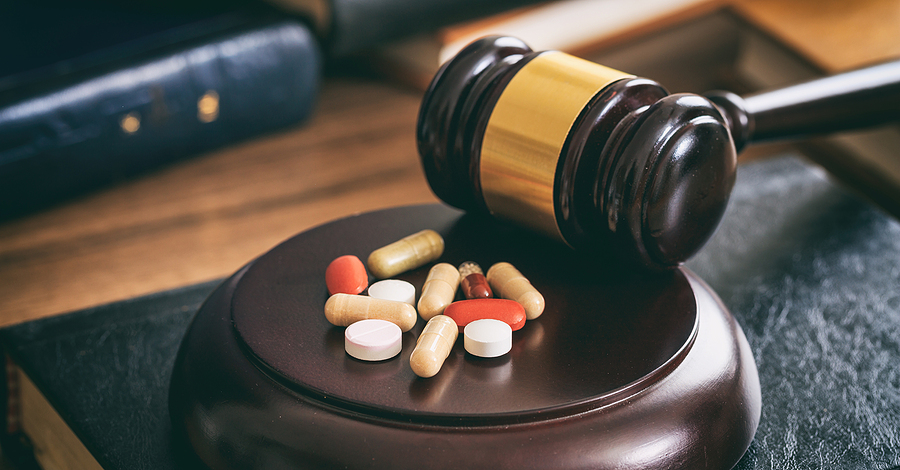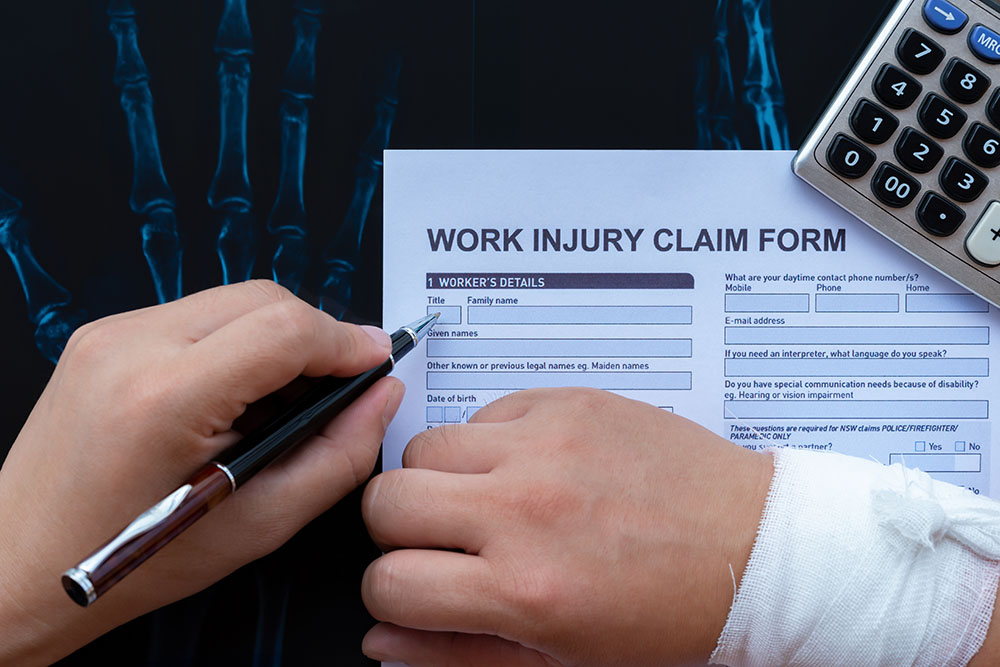In a consumer-driven society, we rely on products every day to improve our lives, fulfill needs, and provide enjoyment. However, when these products fail to function as intended or are defective, they can cause severe injuries and damages to unsuspecting users. Product liability claims aim to hold manufacturers, distributors, and retailers responsible for the harm caused by their faulty products. As a consumer, it’s essential to understand the types of product liability claims, common injuries, and your legal options for pursuing compensation if you’ve been injured by a defective product.
Greg Jones Law, P.A. specializes in product liability cases and is committed to helping victims achieve the justice they deserve. In this informative blog post, we will discuss the intricacies of product liability, including the different types of claims, common injuries, and the crucial role experienced legal counsel plays in successfully pursuing these claims.
If you or a loved one has been injured due to a defective product, don’t hesitate to reach out to the competent and compassionate team at Greg Jones Law, P.A.. Our attorneys are eager to help you understand your rights and navigate the complexities of product liability claims. Contact us today for a consultation, and let us put our expertise to work for you.
Types of Product Liability Claims
1. Design Defects
Design defects occur when the inherent design of a product is unreasonably dangerous or poses a risk to consumers. These defects exist before the manufacturing process and affect every unit produced. Examples include a top-heavy SUV prone to tipping over or a children’s toy designed with small, detachable parts that pose a choking hazard.
2. Manufacturing Defects
Manufacturing defects are flaws that occur during the production process, making the products unsafe for their intended use. These defects may only affect a specific batch or run of the product, rather than all units. Examples can include contaminated food products or a car part that was incorrectly assembled, resulting in a dangerous malfunction.
3. Failure to Warn or Inadequate Instructions
A failure-to-warn claim arises when a product is considered unreasonably dangerous due to insufficient instructions, warnings, or labels. In these cases, the danger posed by the product could have been mitigated or avoided had the manufacturer provided adequate information. Examples include prescription medications without proper dosage instructions or a cleaning product without clear warnings about hazardous chemicals.
Common Injuries in Product Liability Cases
1. Burn Injuries
Faulty or poorly designed electrical products can often cause burns, ranging from mild to severe. These injuries can be both painful and result in long-term scarring or disfigurement.
2. Choking Hazards
Small parts, detachable components, or products that are not appropriately labeled can present choking hazards, especially to children. These incidents can lead to serious injury or even death.
3. Poisoning or Toxic Exposure
Ingesting tainted food products or being exposed to toxic chemicals in consumer goods can cause serious health consequences, including organ damage, neurological disorders, or other long-term health problems.
4. Lacerations and Puncture Wounds
Dangerous or poorly designed products may also result in lacerations or puncture wounds if they contain sharp edges, pointed components, or break under pressure.
Seeking Legal Recourse in Product Liability Claims
1. Consult with a Knowledgeable Attorney
If you believe you have a product liability claim, it’s essential to consult with an experienced attorney who is well-versed in this area of law. Your attorney will help you understand your legal options and guide you through the process of filing a claim.
2. Preserve Evidence and Document Your Injuries
To support your claim, gather as much evidence as possible, including photographs of the product, any packaging or labels, and your injuries. Keep a clear record of your medical treatments and the impact your injuries have had on your daily life.
3. Determine the Appropriate Defendant
In product liability cases, several parties could potentially be held responsible. These can include the manufacturer, distributor, and retailer of the faulty product. An experienced attorney can help you identify the appropriate defendants and determine the most effective legal strategy.
4. Negotiating a Settlement or Proceeding to Trial
Many product liability claims can be resolved through settlements with the defendant’s insurance company. However, if a fair settlement cannot be reached, your attorney may recommend going to trial.
The Value of Experienced Legal Representation in Product Liability Claims
1. Navigating Complex Laws and Regulations
Product liability laws can be intricate, with varying regulations depending on the jurisdiction. An experienced attorney can seamlessly navigate these complexities and help you build a strong case.
2. Proving Liability and Damages
Successfully pursuing a product liability claim requires proving the defendant’s liability for your injuries and demonstrating the extent of your damages. An attorney can help you gather and present the necessary evidence, medical records, and expert testimony.
3. Advocating for Your Best Interests
An attorney will advocate for your best interests, both during settlement negotiations and at trial if necessary. They will fight to ensure you receive the compensation you deserve for your injuries, lost wages, and pain and suffering.
Conclusion
When a defective product causes harm, it’s crucial to take action and hold the liable parties accountable. The team at Greg Jones Law, P.A. has the knowledge and dedication to help you navigate the complexities of product liability claims and pursue the justice and compensation you deserve.
If you or a loved one has been injured by a faulty product, contact Greg Jones Law, P.A. today to discuss your case and learn about your legal options. Our compassionate and skilled lawyers in Wilmington are ready to help you achieve the best possible outcome.




